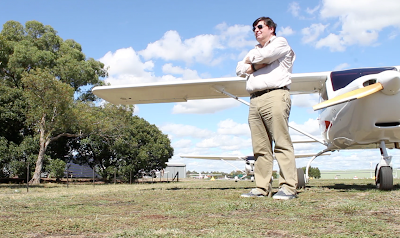
Modern pain medications and anaesthesia are
designed to alleviate severe pain after surgery and help the body heal. Every
patient is undoubtedly concerned about post surgical pain. While some pain and
discomfort is inevitable post surgery, careful monitoring by the anaesthetist
and well controlled pain medications can ensure a speedy healing and reduce the
risk of complications.
Discuss pain control
with your doctor
According to Dr. Rowan Molnar (#DrRowanMolnar), Staff Specialist Anaesthetist at Launceston
General Hospital says it is extremely important for any patient to discuss post
surgical pain relief and medications with their anaesthetist. This helps them
prepare for more effective short and long term pain management. Most
importantly it is vital to discuss any previous experiences with pain and pass
on information of what types of pain relievers you have used in the past. This
includes over the counter and prescription medications as well. Those who have
chronic pain may be less sensitive to pain medication and must therefore play
an active role in keeping their doctor informed so that a pain management plan
can be implemented post surgery.
Balancing the benefits
and risks
Dr.
Rowan Molnar (#DrRowanMolnar) also stresses the
importance of being straightforward when it comes to alcohol or drug use.
Anyone patient who is to undergo surgery and is a recovering alcoholic or has a
history of addiction must be honest with their doctor in order to reduce the
risk of relapse and plan for maximum pain control. As a patient everyone has
the right to relay their concerns about pain medications to their doctor. Pain
management post surgery is about balancing the benefits and risks at each point
during and after surgery.


